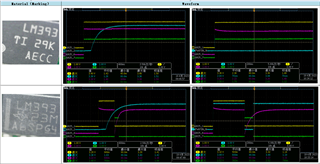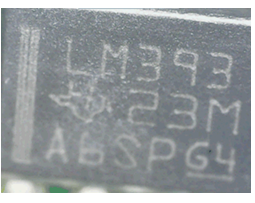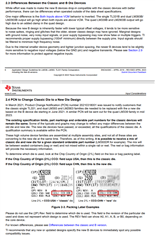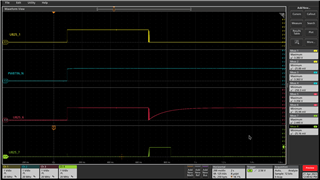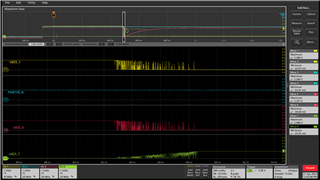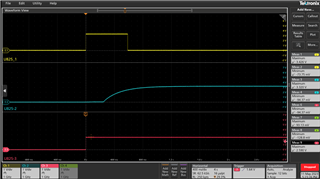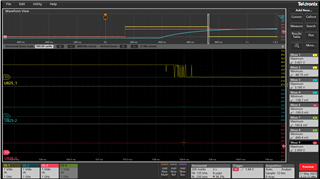Dear TI Support Team,
The LM393DR IC has two different marks. It seems that there is a difference between good and suspicious units. Please try to check the ccompare waveforms of the good and failed unit. Can you please help to clarify why does LM393DR IC has two different marks and performance?
Compare waveform:
